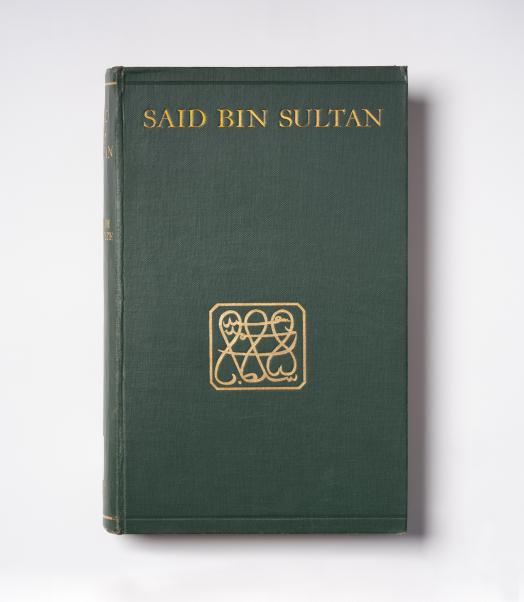An impressive and astonishing book collection
The early start of this impressive book collection must have been the editions of the Memoirs at the family home and an intellectual environment which stimulated Salme’s son Rudolph to start what would become his mission in life: collect all kinds of information. His love for books and the endless chase of knowledge culminated in the impressive collection housed in the bookcase.
In his teens he was enlisted as a cadet in the military academy, as was befitting for nobility in Germany at that age, but this was not his ambition…
After the military he worked as director of a bank in Cairo, but he only found his true vocation afterwards as a self-made politician and orientalist. However, his ultimate dream to become a kind of middleman between Arabs and Jews in Palestine was never realized.
The collection consists of approximately 800 books beside many offprints, periodicals and other archival material. Most books have his personal Ex Libris and signature. It is unique in its kind because of the editions and translations of the Memoiren, some of his own publications and a huge variety of books on the Middle East in the beginning of the 20th century on politics, history, religion, anthropology, travel literature and many more subjects.
The archival items contain many personal letters from authors and eminent personalities of the era (invitation by His Majesty King Fuad I of Egypt in 1935; letters from Snouck Hurgronje, Theodor Herzel, John Philby and many more). To maintain his personal correspondence with all the friends and acquaintances spread over the world must have taken a big part of his daily routine.
Despite his movements between countries due to personal or political affairs (Germany, Egypt, England, Switzerland) he managed to collect all kinds of information on the Middle East, not only in the form of books but also clippings from various international newspapers (Times, Vossische Zeitung, Luzerner Neueste, Egyptian Gazette). Amongst the assembled cuttings are serious subjects (Raub de Kolonien, Herr Streichers Aryan Policy) but also bizarre tidbits (The luminous woman of Pirano). One can only marvel at the amount of information he gathered. He must have had an extensive systematic catalog, or an amazing photographic memory, to keep track of all the tiny bits of cuttings he gathered. These newspaper clippings are the cherry on the pie of the book collection. You can often find them as a surprise in the books, as Rudolph used to insert clippings at appropriate places in the texts.
The next steps will highlight some examples of books and Rudolph’s cut-paste activities in them.


